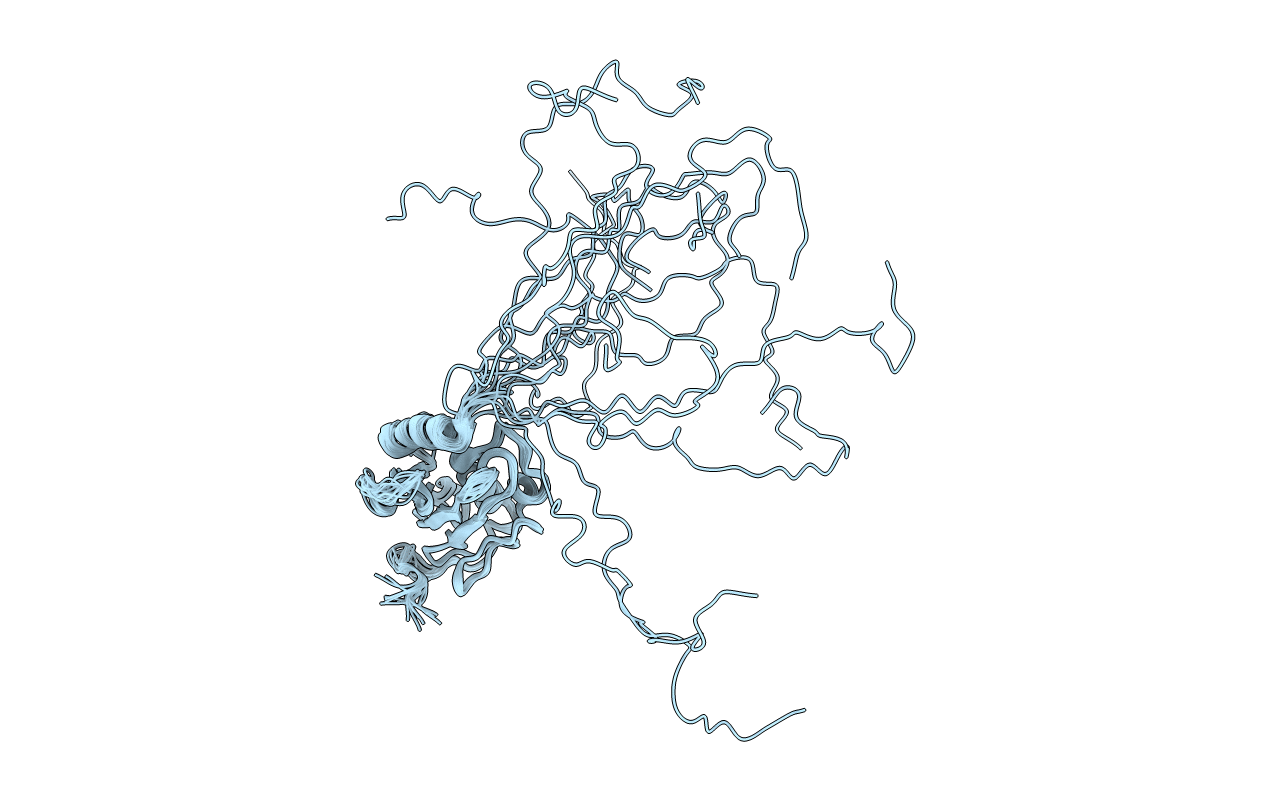
Deposition Date
2006-07-10
Release Date
2006-09-05
Last Version Date
2024-05-29
Entry Detail
PDB ID:
2HLW
Keywords:
Title:
Solution Structure of the Human Ubiquitin-conjugating Enzyme Variant Uev1a
Biological Source:
Source Organism:
Homo sapiens (Taxon ID: 9606)
Host Organism:
Method Details:
Experimental Method:
Conformers Calculated:
200
Conformers Submitted:
15
Selection Criteria:
structures with the lowest energy


